Is Borax Safe?
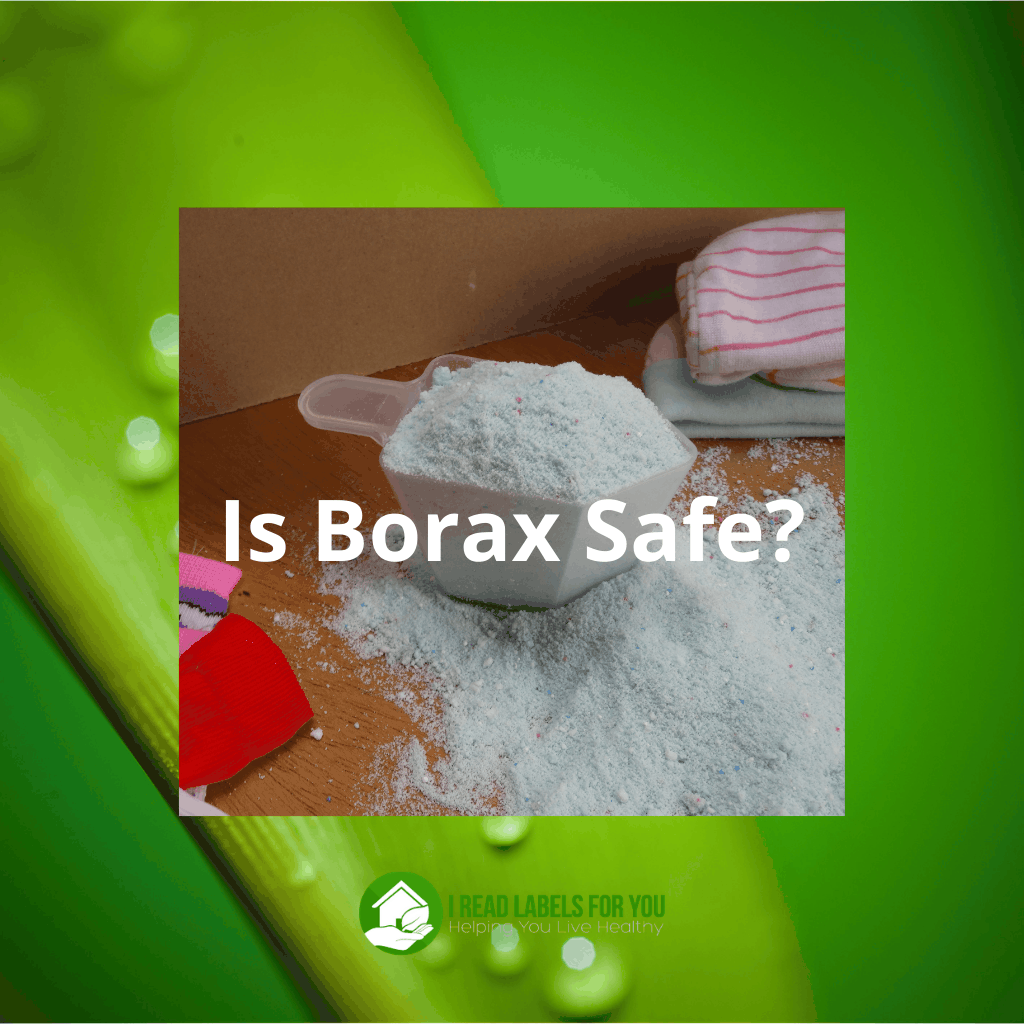
What is the deal with sodium borate, aka borax? Is it the same as boric acid? Is it safer or more toxic? Many of you have asked me what I think about them from the safety standpoint. I have noticed that there is a lot of misinformation, or myths, on the Internet. What happens is one blogger makes a statement without any credible and scientific basis. Then, other bloggers repeat this, citing the original blogger. The next thing you know, many people have heard the myth but are not really sure whether it is true.
In this case, there is a prevailing opinion that sodium borate is safer than boric acid and, hence, is ok. I have not found any support for this claim in the scientific literature. Instead, this is what I have found out.
Borax can be used in cosmetic and cleaning products and as poison for rodents.
It is important to know about this mineral because of its multiple uses in consumer products.
First, it is a pesticide that poisons weeds, insects, and fungus. Did you know that they use it to kill mice, too? If it can kill mice, it can also kill pets or humans – it is just a matter of dosage. Basically, knowing about this substance can be literally a matter of life and death.
Second, sometimes manufacturers use it in cleaning products, such as laundry detergents. It helps the detergent penetrate the clothing fibers and clean better. Unfortunately, it is marketed as a “green” alternative to chemicals. However, it is not as benign as we would like it to be. Keep reading to find out why.
Third, it may be an ingredient in personal care products, even diaper creams. It can act as a preservative, emulsifier, water softener, cleanser, and buffering agent.
Additionally, according to the Environmental Working Group, a non-profit organization focused on protecting human health and the environment, and other bloggers, slimy toys may contain boric acid. However, I could not locate the ingredients of slimy toys, so I do not know for sure. What I do know is that the more of us who ask questions, the more companies start disclosing ingredients and making safer products. So, do not hesitate to ask for the ingredients of products you are considering.
Thus, since there are many uses of borates, it is a good idea to know about their safety.
As a professional product researcher, I have used scientific sources of information to study sodium borate.
To begin with, borax and boric acid are not the first chemicals in my ingredient reading experience.
I have been studying product ingredients since 2012 when I read my first label looking for a safe shampoo for my baby. As a result of label reading and my extensive research, I have published several electronic books. They will help you if you want to make an informed purchasing decision about disposable diapers and baby wipes. In addition, I have e-books about shampoos and conditioners, body lotions, permanent hair colors, nail polishes, and mattresses.
What started as a hobby has turned into a full-time job and business. I also do product research for manufacturers and retail stores, so understanding ingredients and test reports is essential to me. Hence, research strategies are of the utmost importance. Who knew making sure that we buy products based on the safety of ingredients, not advertisement, takes so much time?
To get objective and meaningful information, I look up multiple sources of information that include US Cosmetic Ingredient Review Expert Panel reports, European Chemicals Agency, studies from the US National Library of Medicine, European Scientific Committees on Consumer Safety, and others. And, of course, I pay attention to the EWG Skin Deep database, though it has its limitations. Read my post to find out how to use the Skin Deep Database the right way.
So, what have I learned about sodium borate?
There are differences and similarities between borax and boric acid.
First of all, these two minerals are not the same.
It should be noted that borax goes by a few other names, including sodium borate, sodium tetraborate, and disodium tetraborate. Alternatively, boric acid is also called boracic acid and orthoboric acid.
To clarify, boric acid is an inorganic acid, and sodium borate, that is borax, is the sodium salt of boric acid.
Further, to confirm that they are different substances, we check their Chemical Abstracts Service (CAS) Registry Numbers. These are unique numerical identifiers that the Chemical Abstracts Service assigns to every chemical substance defined in the scientific literature.
Thus, sodium borate’s CAS number is 1303-96-4, and it conforms to the formula Na₂B₄O₇*10H₂O. Boric acid’s CAS number is 10043-35-3, and it conforms to the formula BH3O3.
As for the similarities between them, they are both minerals and occur naturally (source).
Also, they both protect cosmetic and personal care products from spoilage because they retard bacterial growth.
In addition, they can minimize the change in the pH of a solution when an acid or a base is added.
Plus, they help to keep an emulsion from separating into oil and liquid components. And they are used to alter the thickness of liquid cosmetics and personal care products.
Let’s see how interactive or interchangeable they are.
The properties of all the borate compounds are similar to the properties of boric acid.
To start with, according to the European Scientific Committee on Consumer Safety (SCCS), borate is the accepted common name for the metal salts of boric acid. These salts comprise the family of chemicals including sodium borate (borax), sodium tetraborate, disodium octaborate, disodium octaborate tetrahydrate, and sodium metaborate.
Next, all of these borates break down into boric acid, an inorganic acid, in the product when they come into contact with water.
In other words, the SCCS considers that borate compounds have chemical, biological and toxicological properties similar to those of boric acid. Therefore, according to the SCCS, the general restrictions applicable to this inorganic acid should apply to the whole group of borates.
So, let’s look into the safety of this acid.
Animal studies reveal that boric acid may damage fertility and the fetus.
For starters, the Skin Deep database rates this acid 7 (with 10 as most toxic), with fair data. It lists endocrine disruption as a moderate concern and non-reproductive organ system toxicity as a low concern. By the way, for endocrine disruption, the EWG cites European Commission on Endocrine Disruption. I accessed the list of 146 chemicals with endocrine disruption classification but did not find the chemical in question there.
Further, the European Chemicals Agency (ECHA) describes this chemical as a reproductive toxin. It means that it may damage fertility and the unborn child.
Moreover, in its 1983 report, the Cosmetic Ingredient Review (CIR) Expert Panel, a personal care product industry agency, summarized studies on animals fed with borates. Briefly, when the animals ingested bigger doses of sodium borate or boric acid, various health effects took place. They were anything from inflamed eyes and swollen paws to fetal growth retardation, atrophied testes, and death. (Poor animals! My heart aches when I read scientific studies!) I believe this is not a surprise: after all, they use borax to poison rats.
Although the CIR Panel noted harmful effects of borates, they concluded that it is okay to use them in skincare products because borates do not readily penetrate the skin. Yet, the CIR Panel warns against using cosmetic formulations that contain free boric acid or sodium borate on infant or injured skin because under these circumstances, penetration can occur. Note that they warn against both.
Now, let’s look at the safety of borax.
Sodium borate is not safer than boric acid.
Just as boric acid, borax powder works as poison for ants, cockroaches, flies, and rodents.
The Centers for Disease Control and Prevention warns against inhaling it, as it may irritate eyes, skin, and the upper respiratory system. It may also cause dermatitis, nosebleed, cough, and breathing difficulty.
As for the EWG Skin Deep database, it rates it 5 out of 10, with fair data and without citing endocrine disruption. Its more favorable rating might be the reason for the opinion circulating on the Internet that it is safer than boric acid. However, the ECHA considers it toxic to reproduction as well.
On top of that, one study points out that the destructive effect of sodium borate (borax) on red blood cells was greater than that of boric acid. In fact, many of the experiments used a calculated amount of boron as a proxy for borax and boric acid.
In other words, scientists deduce the safety of these two substances based on the effects of boron on the test subjects. Thus, the 1983 CIR report describes various health harms, including testicular atrophy, after scientists fed sodium borate to the animals.
Note that I have seen no studies for long-term health effects, with animals exposed to small chronic doses of borates. Generally, such studies are very rarely conducted as to potentially toxic substances. However, the whole field of endocrinology is built on very tiny doses. Hence, birth control pills or dermal patches work in extremely tiny doses, such as parts per billion.
Conclusion about the safety of borax
In conclusion, although sodium borate (borax) and boric acid are different substances, their chemical, biological, and toxicological properties are alike. Both European and US scientists list the same harmful health effects for both substances. In fact, the EU Scientific Committee on Consumer Safety explicitly states, “the general restrictions applicable to boric acid should apply to the whole group of borates.”
Ultimately, they are harmful, and I recommend avoiding them in cosmetic and personal care products that we apply to skin.
As for cleaning supplies, I would avoid them, too, unless you absolutely must use them. With no direct contact with skin, a detergent with borates should not cause any of the side effects listed above. Just be careful not to inhale it if it is in a powdered form!
Personally, I do not use detergents with these ingredients. Fortunately, the market already offers products that are effective, even without borates. In other words, there is no need to resort to them.
What do I use? One of my go-to detergents is Humble Suds laundry soap which performs well and smells great! Thus, it consists of washing soda and three other simple ingredients. The scented option has additional essential oils for a pleasant but not overbearing scent. You can use the IRLFY10 code for a 10% discount. Also, check out my review of other Humble Suds non-toxic cleaners.
Finally, visit my shop for safe choices and consider booking a consultation – I will be happy to assist you!

Download The Free Guide!
5 Powerful Steps To A Non-Toxic Home
Join our informed consumer community and get our free guide the “5 Powerful Steps To A Non-Toxic Home”.

 Written by
Written by  Health-related claims have been reviewed by
Health-related claims have been reviewed by 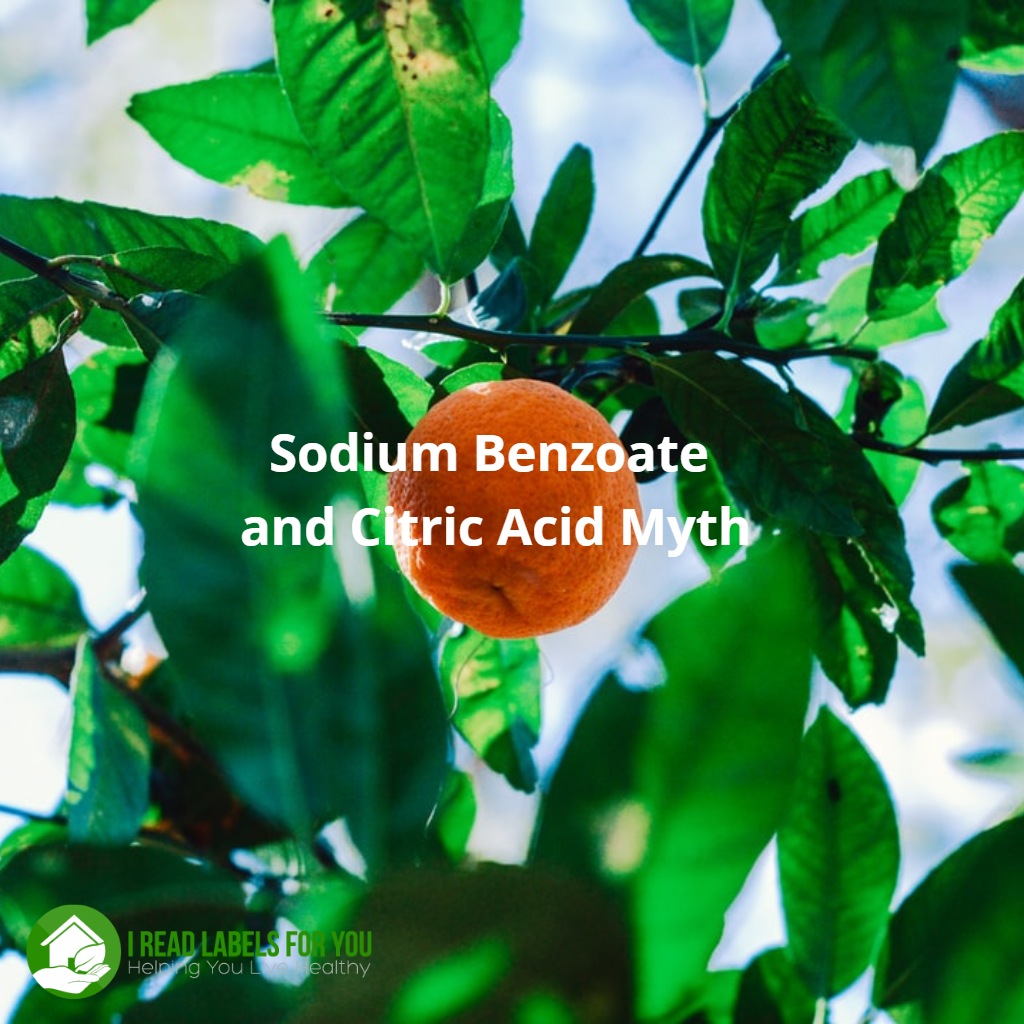

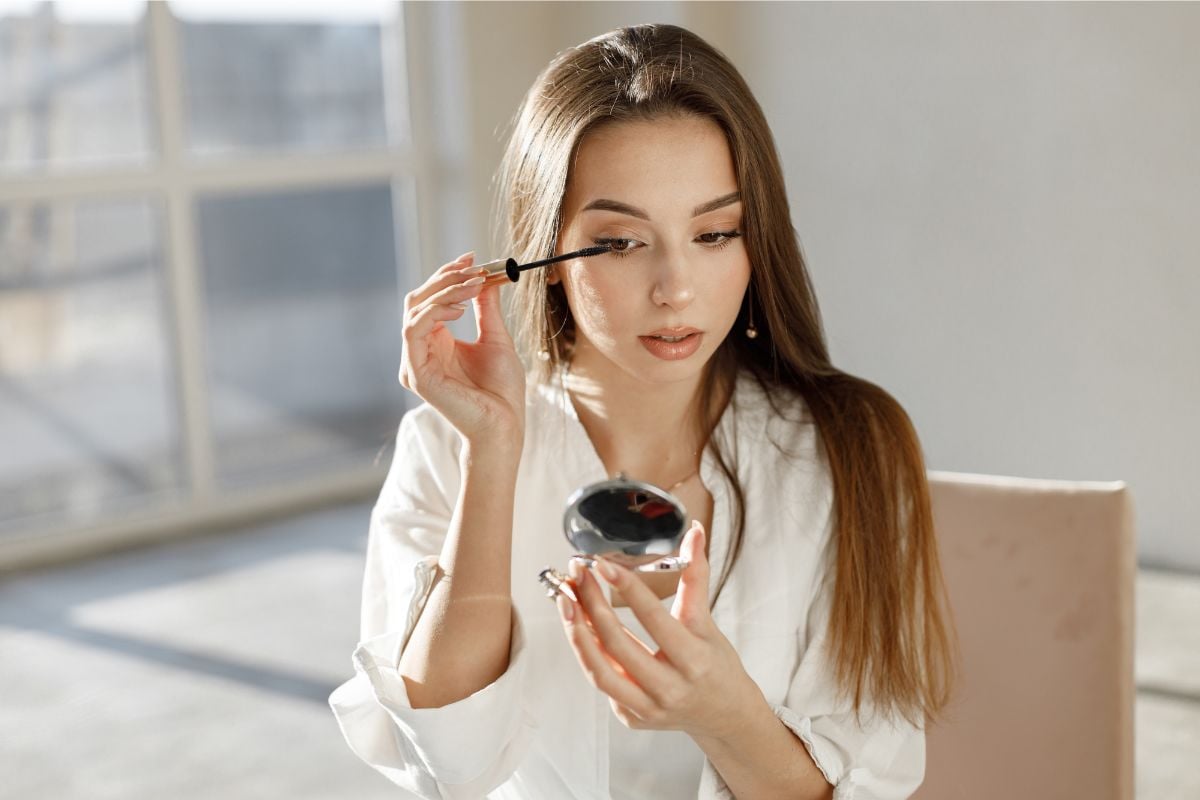

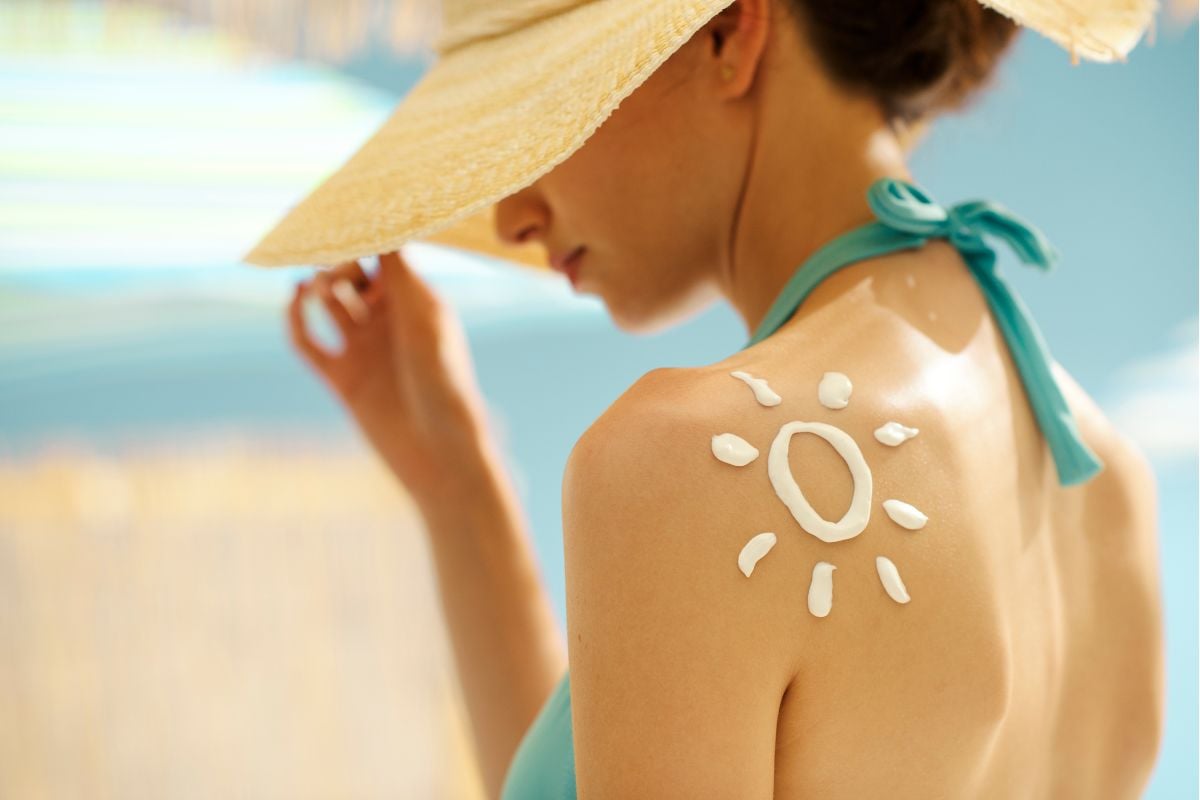
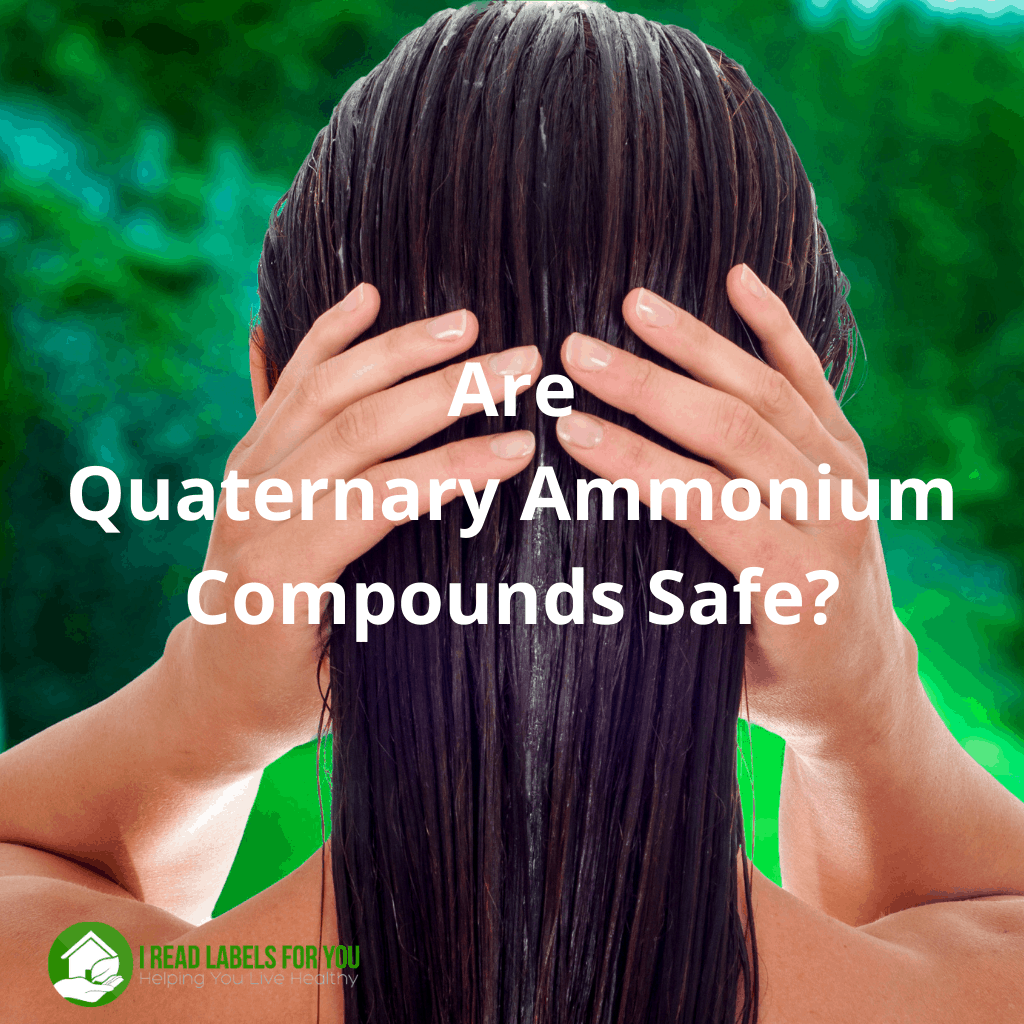
Thank you for this! Borax was recommended as a laundry additive for cloth diapers when you have hard water. We have hard water, and I am having a terrible time with ammonia buildup in the cloth diapers. Is there a safer alternative to borax as a water softener laundry additive? We have considered installing a whole house water softener, but the options are overwhelming. Is there a “best” option when it comes to whole house water softeners?
Hi, Erin: I think the best thing is to get a water softener. ~Irina
Is there one you recommend?
Hello, Irina:
Happy New Year and God bless you
for all the work you do! 😀
I am considering trying hair color RINSE,
also known as gloss or glaze.
Your opinion, please. Thanks much!
Hi, Emma: feel free to book a consultation so we can determine the safest and most practical hair coloring/care solution for your hair type, health, and tolerance for risk: https://ireadlabelsforyou.com/services/consulting/ ~irina
I’d like to, Irina, but I cannot at this time.
I thought maybe you could do an article
on hair rinses, like you did with henna.
Well this post is timely. I just used Borax to “strip” my laundry. We have hard water and the detergents I use are on but there seems to be a lot of build up. The borax, washing soda, baking soda mix worked great. The towels and sheets are so much cleaner, BUT I’m trying to get pregnant and regularly avoid anything that disrupts the endocrine and reproductive systems. I was confused by all the information on it and thought that it was fairly “safe”. I guess I’m on the hunt to try a detergent that works well with our hard water (I’ve used brand basics and Mama Suds. I’ll try humble suds next). Thanks for your research!
Let us know how you like Humble Suds, Debbie. How hard is your water? Have you considered a water softener? ~Irina
Irina, this was an absolutely outstanding article. Thank you so much for the time you took to research this. You are just a treasure!! I love everything about your blog and what you stand for. Thank you for all you do and for who you are.
Thank you, Nickie! I appreciate your support. It’s so great to have you in the Savvy Consumer Circle. ~Irina